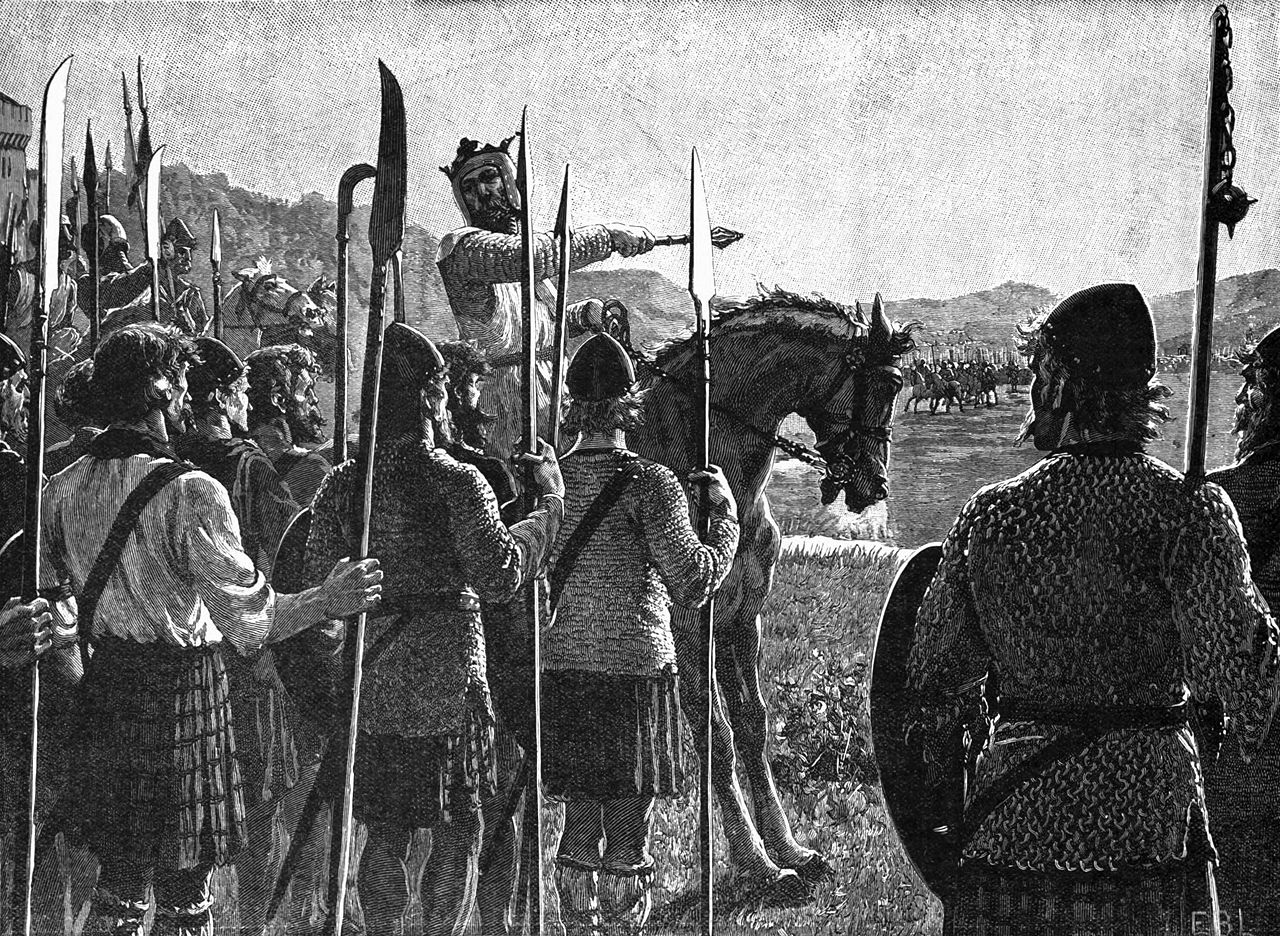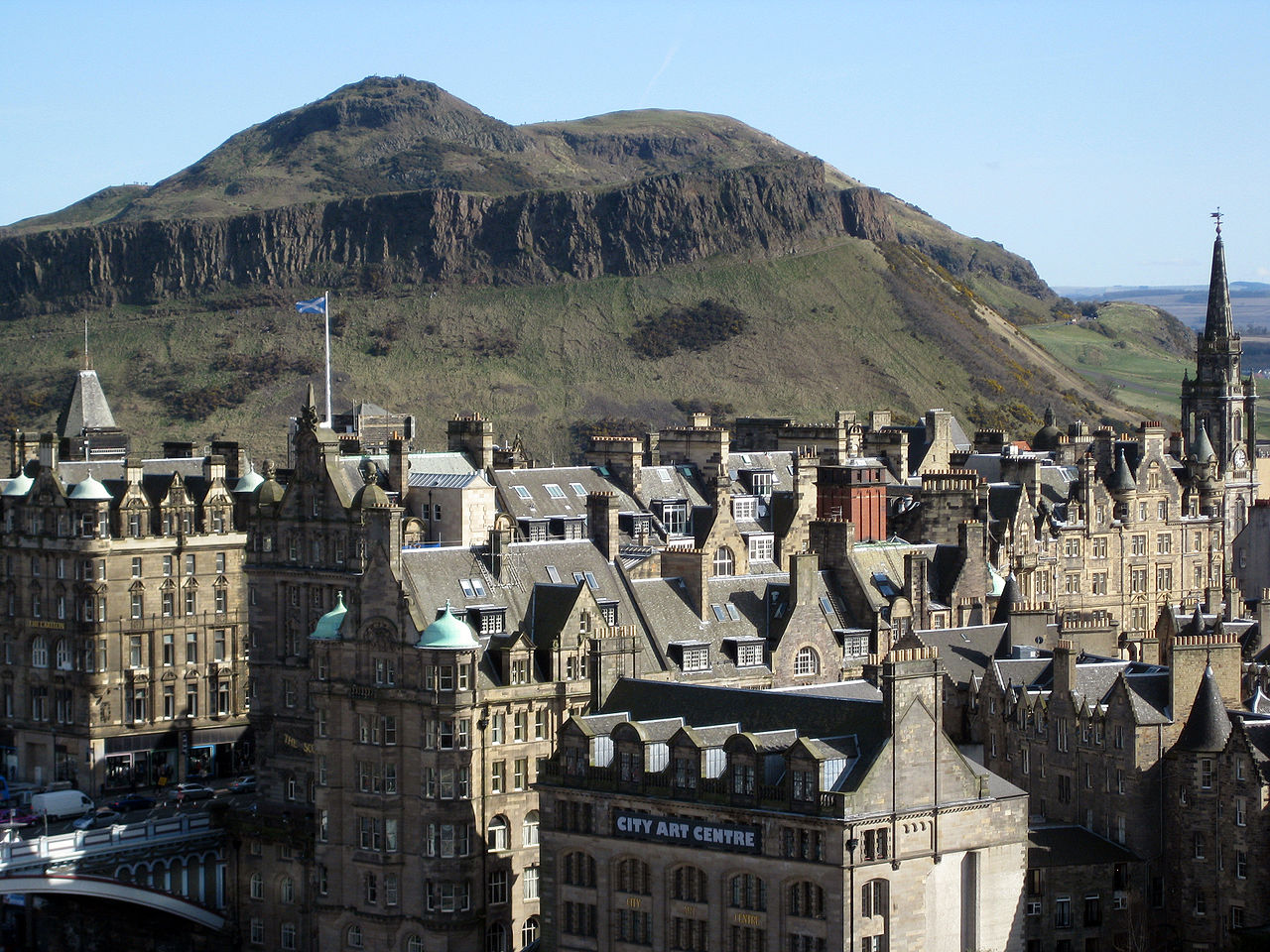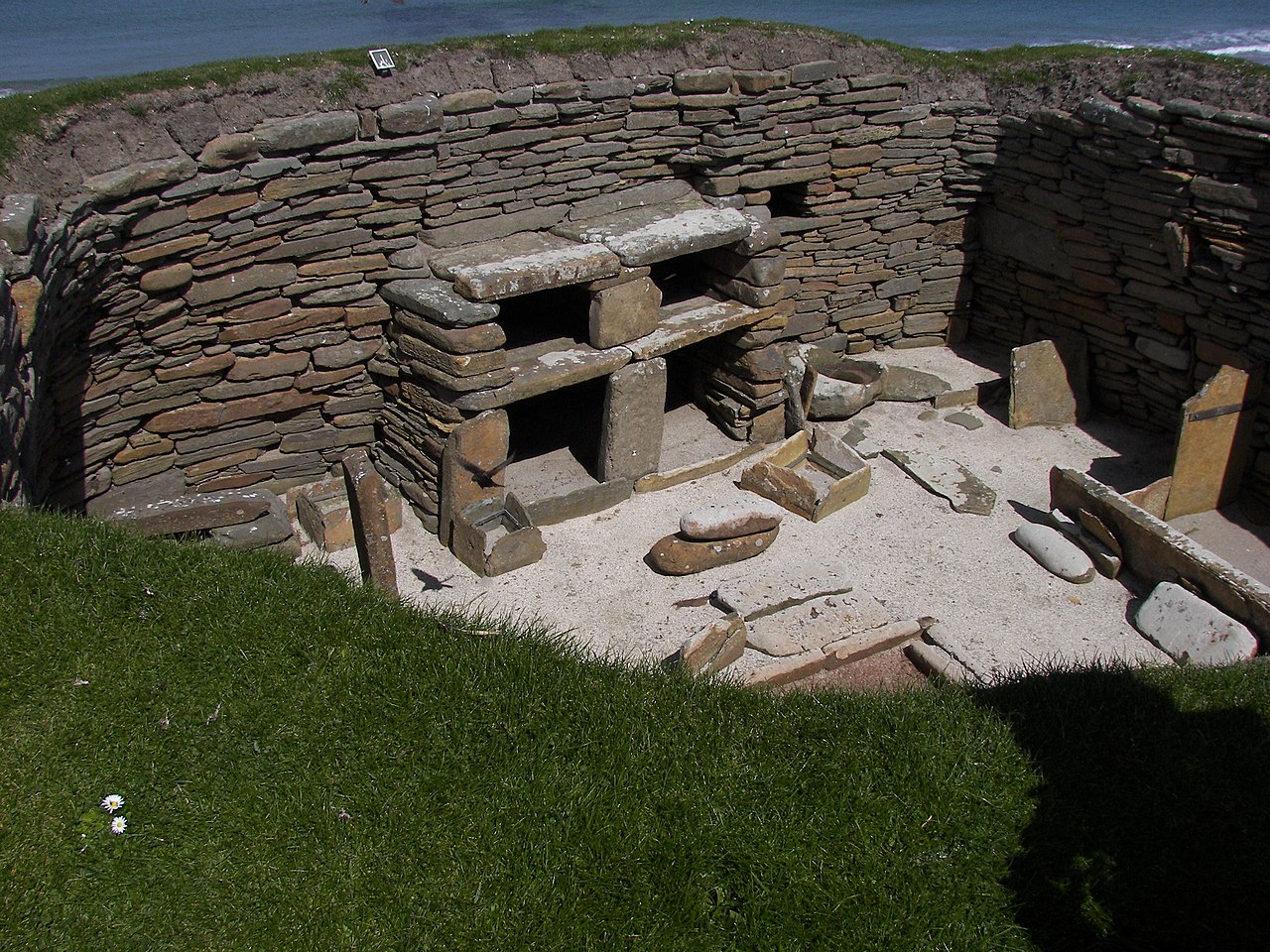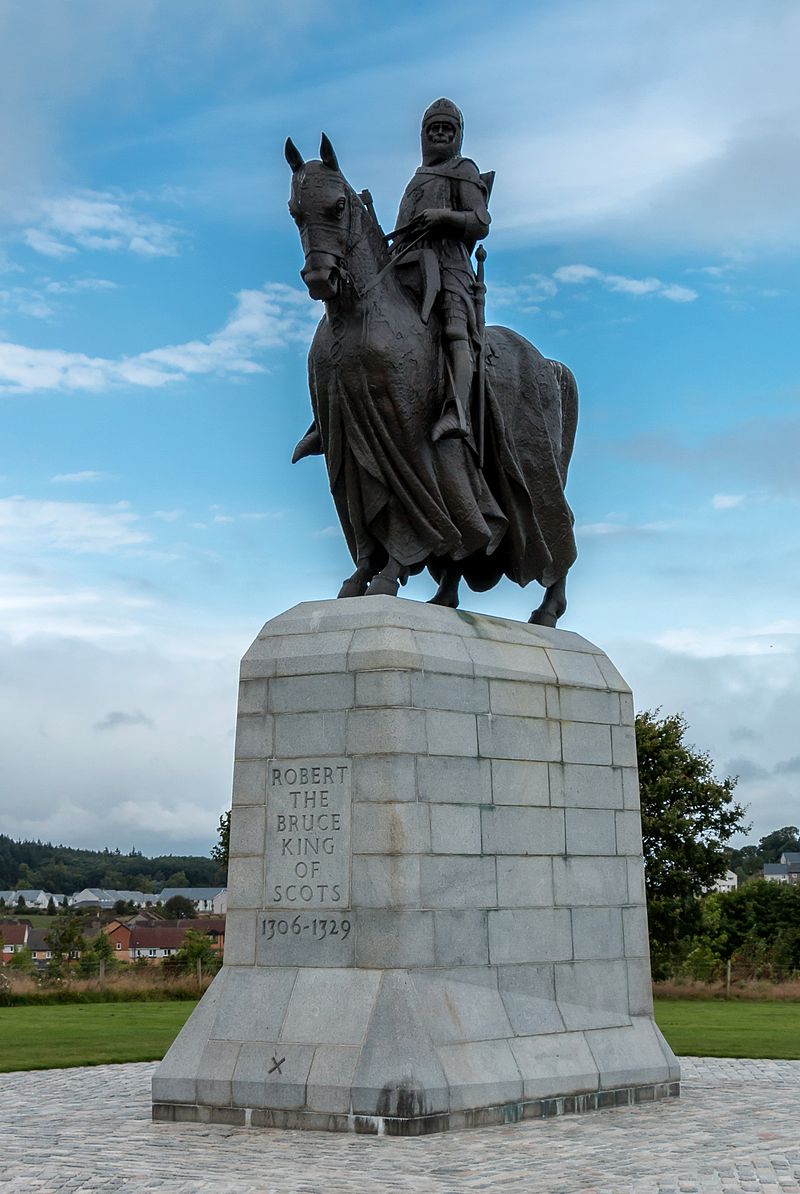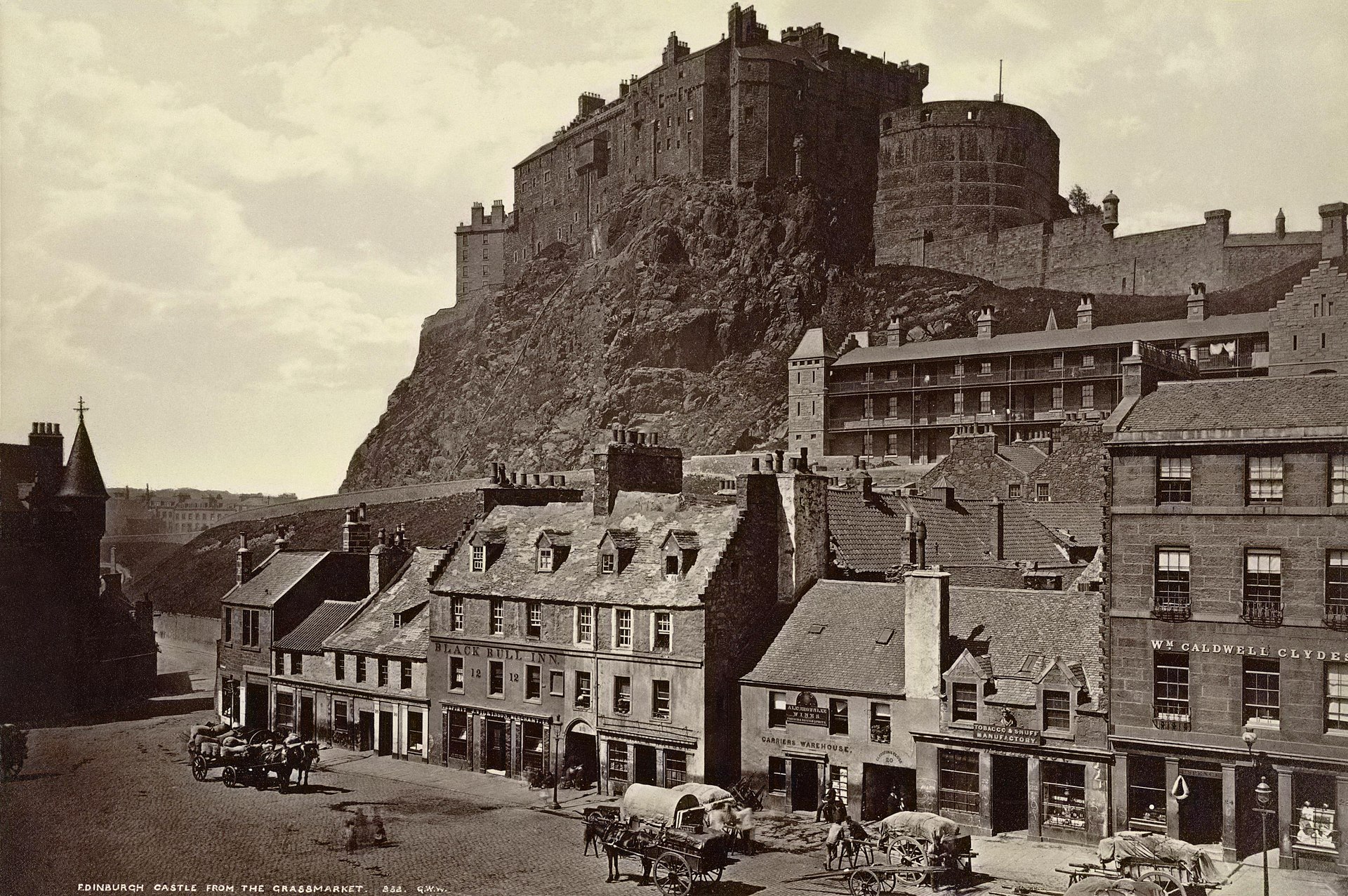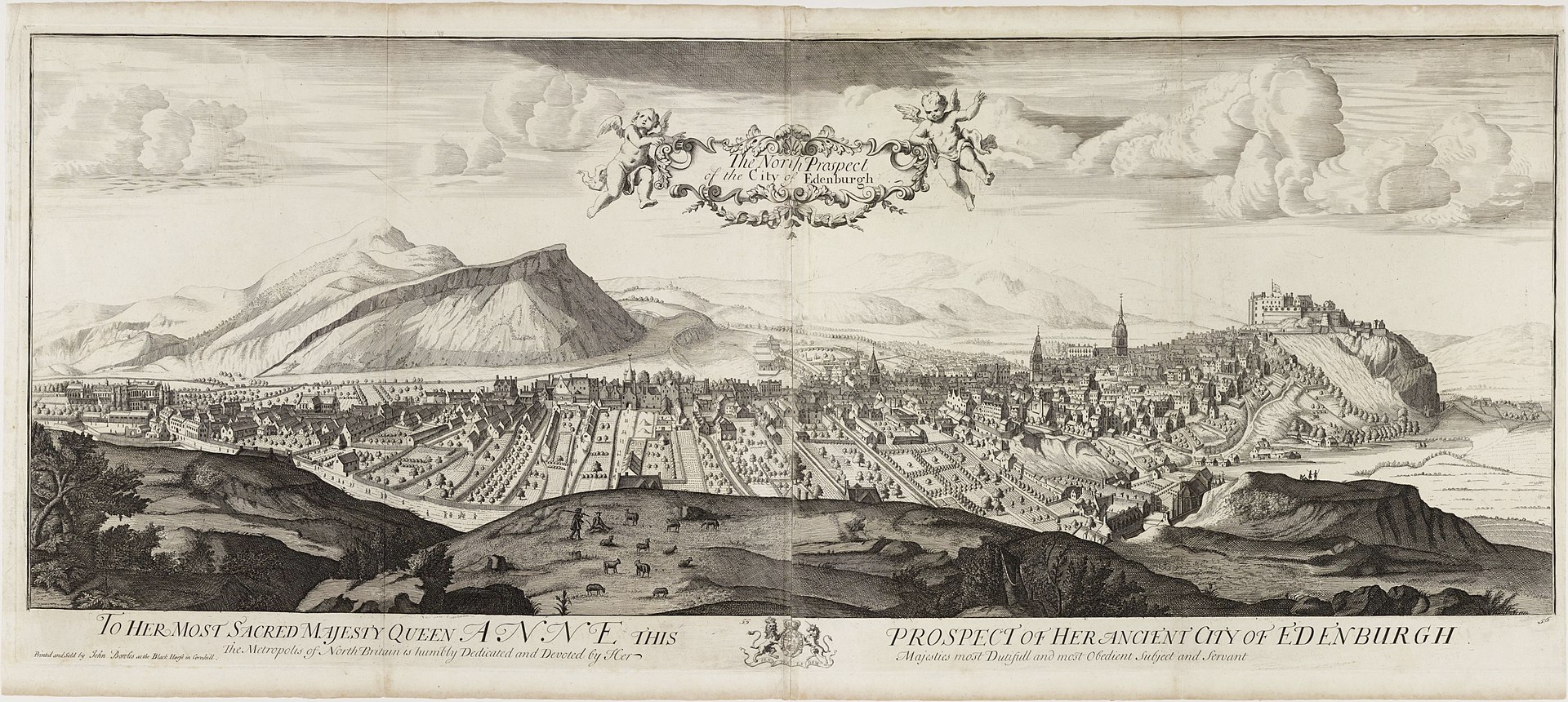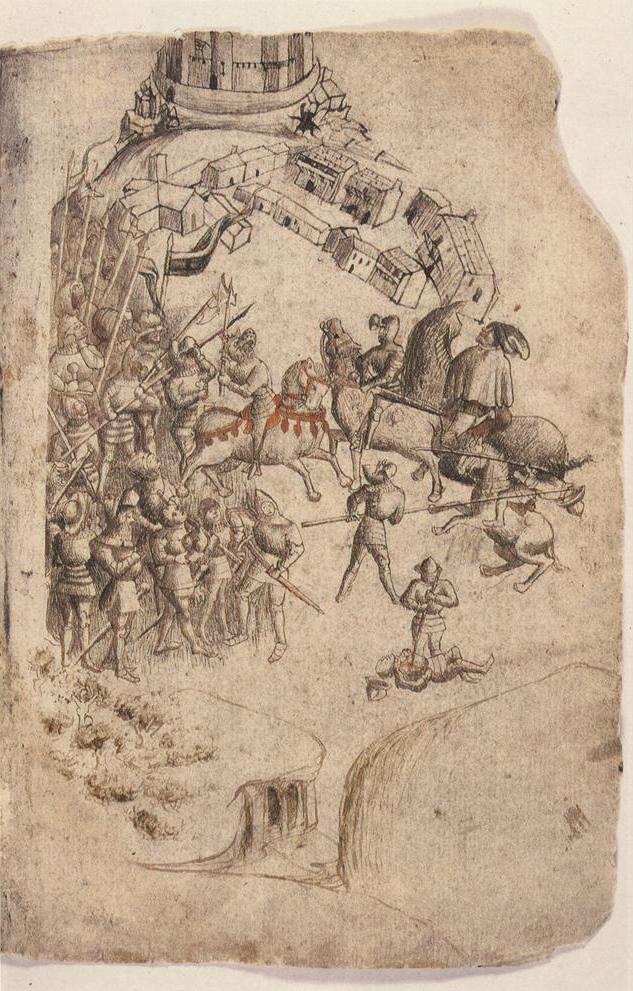
AsianOverland.net
Tour Guide - Itinerary
Asian Overland Sydney to London
Started 22/06/2022 Finished 21/06/2023365 Days ITINERARY
Day 168 date 06/12/2022YORK to EDINBURGH, SCOTLAND
ASIANOVERLAND.NET SYDNEY TO LONDON DAY 168: YORK TO EDINBURGH, SCOTLAND
The first post-glacial groups of hunter-gatherers arrived in Scotland around 12,800 years ago, as the ice retreated after the last Ice Age, and Scotland was covered in forests, had more bog-land, and the main form of transport was by water. The early Scots built the first known permanent houses on Scottish soil around 9,500 years ago, and the first villages around 6,000 years ago, including the well-preserved village of Skara Brae on the mainland of Orkney.
The Roman conquest of Britain was never completed, and most of Scotland was never brought under Roman control. By the time of Roman emperor Trajan (r. 98–117), Rome controlled Britain south of a line between the River Tyne and the Solway Firth, where Trajan's successor Hadrian (r. 117–138) erected Hadrian's Wall in northern England and the Limes Britannicus became the northern border of the Roman Empire.
The Roman invasion of Scotland failed after the death of emperor Septimius Severus (r. 193–211) at Eboracum (York), leading the Caledonians (Scots) to revolt again from 210–211.
Roman military sovereignty was withdrawn from Britain by the early 5th century, resulting in the Anglo-Saxon settlement of Britain and the immigration of the Saxons to southern Scotland and eastern Britain.
In the twelfth and thirteenth centuries, most of Scotland was under the control of a single ruler. Gaelic culture predominated, but as immigrants from France, England and Flanders created a more diverse society, the Gaelic language was replaced by Scots. War against England was based on Scottish sovereignty, as David I (1124–53) and his successors centralized royal power and united mainland Scotland, capturing Moray, Galloway, and Caithness. The system of feudalism was consolidated, with both Anglo-Norman incomers and native Gaelic chieftains granted land in exchange for serving the king. The longest period of peace between Scotland and England in the mediaeval period was from 1217–1296.
The death of Alexander III in March 1286 broke the succession line of Scotland's kings. In return for surrendering Scotland's independence, John Balliol was pronounced king in 1292, but in 1294, Balliol and other Scottish lords refused Edward 1's demands to serve in his army against the French. Scotland and France sealed a treaty on 23 October 1295, known as the Auld Alliance. War followed, and John was deposed by Edward 1, who took control of Scotland.
Andrew Moray and William Wallace emerged as the principal leaders of Scots resistance to English rule in the Wars of Scottish Independence, until Robert the Bruce was crowned king of Scotland in 1306. Victory over the English at the Battle of Bannockburn in 1314 proved the Scots had regained sovereignty and control of their kingdom. In 1320 the world's first documented declaration of independence, the Declaration of Arbroath, was supported by Pope John XXII, leading to the legal recognition of Scottish sovereignty by the English Crown.
A civil war between the Bruce dynasty and their long-term rivals the House of Comyn and House of Balliol lasted until the middle of the 14th century. Although the Bruce faction was successful, David II's lack of an heir allowed his half-nephew Robert II, the Lord High Steward of Scotland, to come to the throne and establish the House of Stewart. The Stewarts ruled Scotland for the remainder of the Middle Ages, with growing prosperity despite the effects of the Black Death in 1349 and increasing friction between Highlands and Lowlands.
The Treaty of Perpetual Peace was signed in 1502 by James IV of Scotland and Henry VII of England. James married Henry's daughter, Margaret Tudor, but subsequently invaded England in support of France under the terms of the Auld Alliance.
In 1560, the Treaty of Edinburgh brought an end to the Anglo-French conflict and recognized the Protestant Elizabeth I as Queen of England. The Parliament of Scotland met and adopted the Scots Confession, which signalled the Scottish Reformation's break from papal Roman Catholic authority. The Catholic Mary, Queen of Scots was forced to abdicate in 1567.
Recognised as the capital of Scotland since at least the 15th century, Edinburgh is the seat of the Scottish Government, the Scottish Parliament and the highest courts in Scotland. Scots law is the legal system of Scotland and is a hybrid or mixed legal system containing both civil law (European) and common law (English) elements.
Edinburgh's Palace of Holyroodhouse is the official residence of the British monarchy in Scotland.
Despite the destruction caused by an English assault in 1544, Edinburgh slowly recovered during the 16th-century Scottish Reformation.
In 1582, Edinburgh's town council was given a royal charter by King James VI permitting the establishment of a university; founded as Tounis College (Town's College), which developed into the University of Edinburgh, contributing to Edinburgh's central intellectual role in the following centuries.
Edinburgh became an industrial centre with its traditional industries of printing, brewing and distilling growing in the 19th century, and joined by new industries such as rubber works and engineering. By 1821, Edinburgh had been overtaken by Glasgow as Scotland's largest city. Edinburgh’s distillery businesses are still thriving, and no trip to Edinburgh is complete without several whisky tastings.
© This work is copyright. Apart from any use permitted under the Copyright Act 1968, no part may be reproduced by any process, nor may any other exclusive right be exercised, without the permission of Peter Searle, peter@portseavillageresort.com; 1980-2024.
Website built by Justin O’Dea www.webdeveloperdocklands.com.au
,_f.40_-_BL_Add_MS_47682.jpg)
_by_Wenceslas_Hollar_(1670).jpg)
